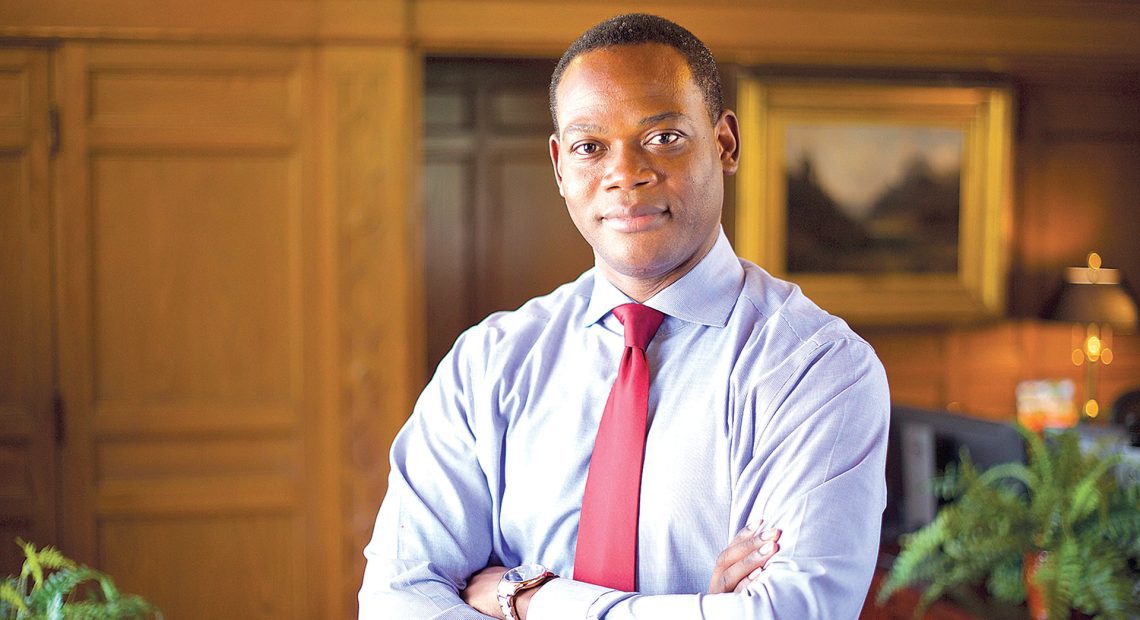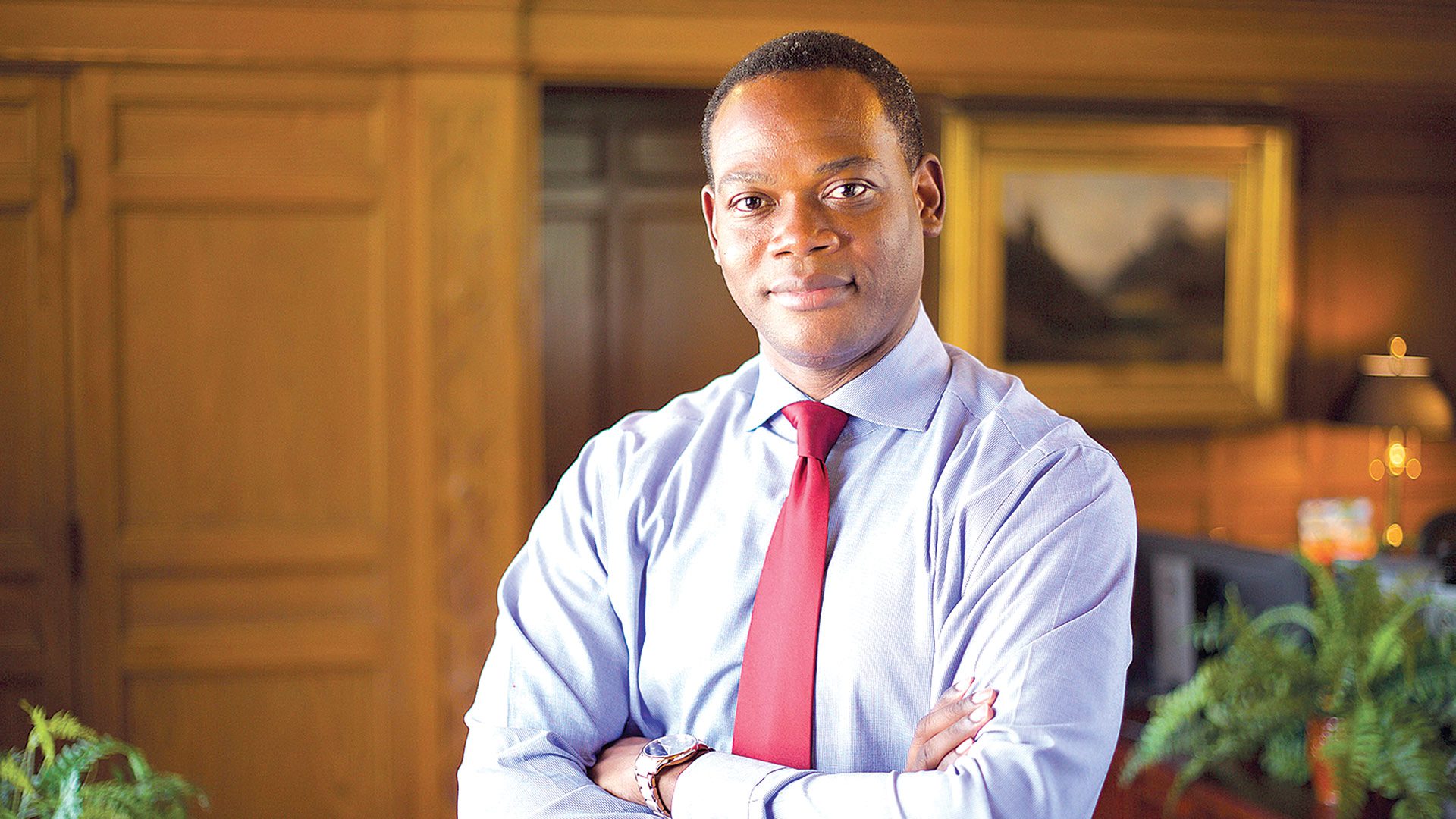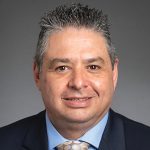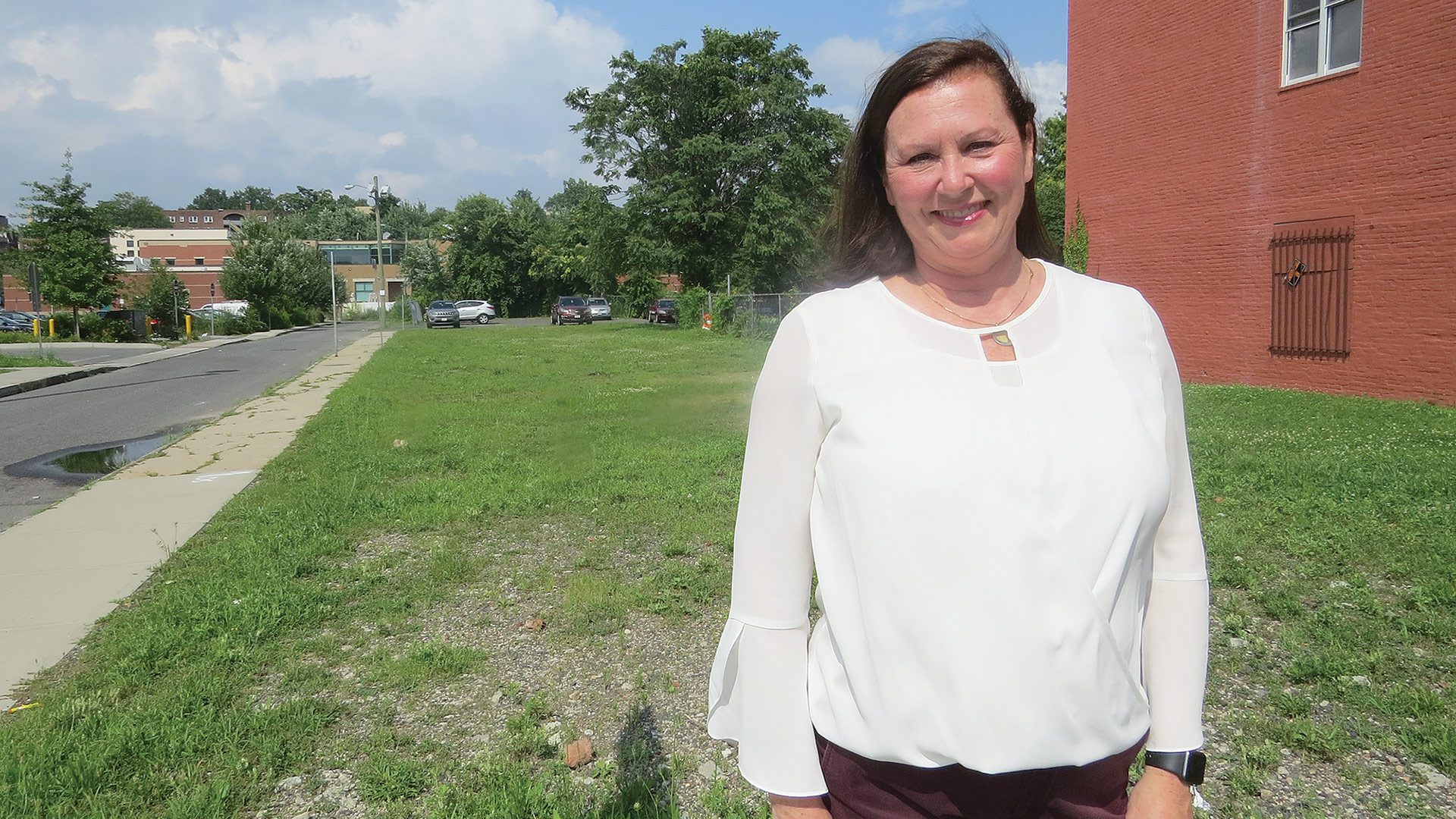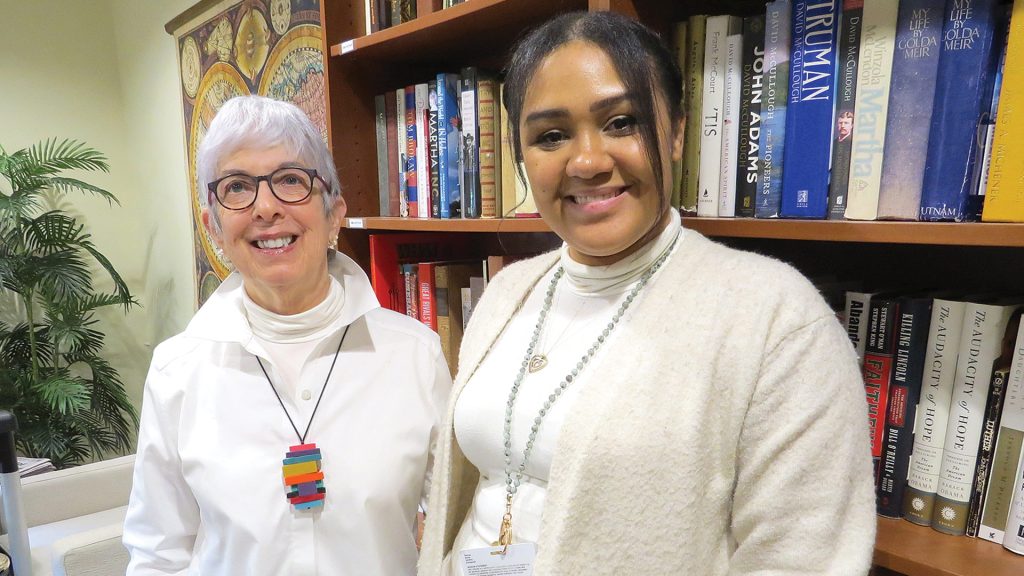Working in Tandem

Chris and Andrea Zawacki
As he talked about the business venture and the name that would go on it, Chris Zawacki said a good deal of thought went into the selection process.
The bagel shop would be located in the old railroad depot in the center of Easthampton. That’s right next to the bike path, he said, so there was considerable talk concerning bicycling terms. Meanwhile, Zawacki and his wife, Andrea, were entering into this venture with another couple, Brian and Shannon Greenwood.
Somewhere along the way, the word ‘tandem’ was tossed out, and because it has at least two meanings that were relevant to the conversation, it stayed in play, and was eventually chosen.
A little more than a decade later, Tandem Bagel Co., and even simply ‘Tandem,’ has become an ever-larger part of the lexicon — and the landscape, with additional locations in Northampton, Hadley, West Springfield, and Florence. The Hadley location also houses a central baking operation, with the bagels made there and then taken in vans to the various locations.
“It became a meeting place and a co-working space. We have several writers who come in and get some writing done during the day.”
Indeed, what started as a single bagel shop is now a thriving enterprise with multiple locations. Zawacki doesn’t like the word ‘chain’ and laments that many — as in far too many — people think Tandem is a national chain. It isn’t.
Not yet, anyway.
It’s a local business that offers bagels of all kinds, with names and flavors ranging from Snickerdoodle to Wild Cheddar to French Toast, but also breakfast and lunch sandwiches, salads, smoothies, coffee and iced coffee — a billboard promoting the company displays that product and invites people to “beat the heat” — and a lot more.
Indeed, its locations have become a place to gather and also a place to get some work done. Meanwhile, at least a few of the locations, especially those in Easthampton and West Springfield, have had a significant impact on economic development and overall vibrancy in the communities where they’re located.
It all started with the goal of replicating the model — and success — of a bagel operation that Zawacki, an Easthampton native and mechanical engineer by trade, had observed while living for a time in the state of Washington. That goal has already been achieved, he said, adding that the question he hears, and answers, most often is, “where do we go from here?”
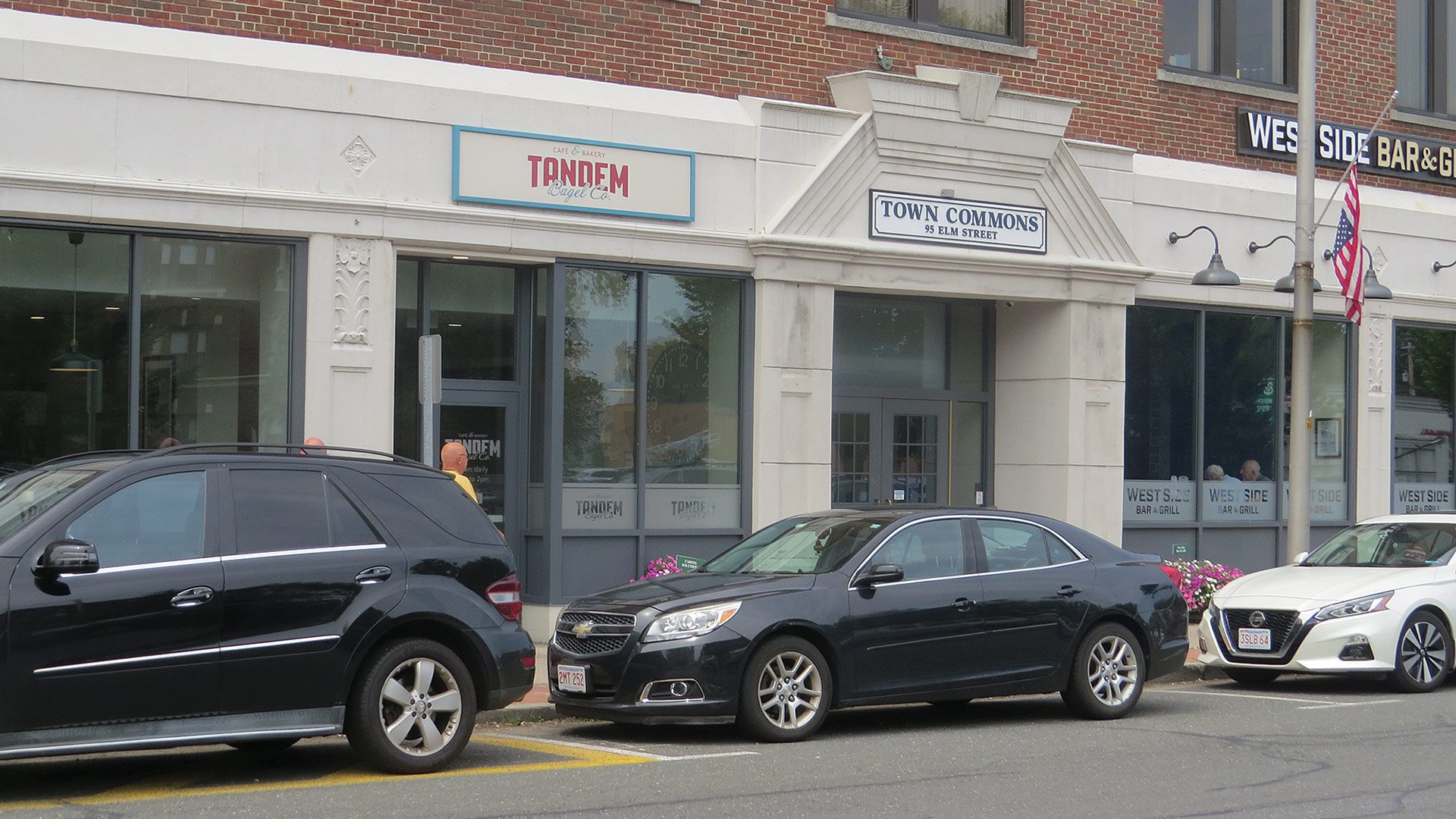
The West Springfield Tandem Bagel location was a key contributor to the redevelopment of the Town Commons complex downtown.
Continued growth is certainly in the forecast, he said, adding that he and others are considering several potential landing spots, especially Westfield, where many visitors to the Easthampton and West Springfield locations are from, as well as Springfield. He has looked at several locations in downtown Springfield but isn’t ready to pull the trigger just yet.
Overall, the company is focused on smart growth and expansion that makes sense, he said, adding that Tandem won’t grow for the sake of growth. And, overall, he’s not really sure where he wants this brand to be in five, 10, or 20 years.
“It took a lot to get where we are, so it will take a lot to get the next level,” he explained. “Things are going well, and for our employees, getting to that next level puts a lot of pressure on people. If we can go at a steady pace, treat our employees well, and expand in slow fashion that works for all, that’s fine with me.”
For this issue, BusinessWest looks at how Tandem Bagel has become a brand in the region as well as a force when it comes to economic development and helping to transform communities into destinations.
Spreading the Wealth
As noted earlier, Zawacki was working in Washington State in the late ’90s when he became acquainted with an individual who had retired and started a venture called Sunrise Bagels.
“We frequented it with our kids,” he recalled. “We thought he had a good product, a product that was different than what we had here. It was a neat business model — he had a lot of different varieties, 25 or 30 of them any given day.
“I got in touch with him and stayed in touch with him,” he went on. “I was thinking that, at some point, maybe I would give up my engineering career and open up a bagel place.”
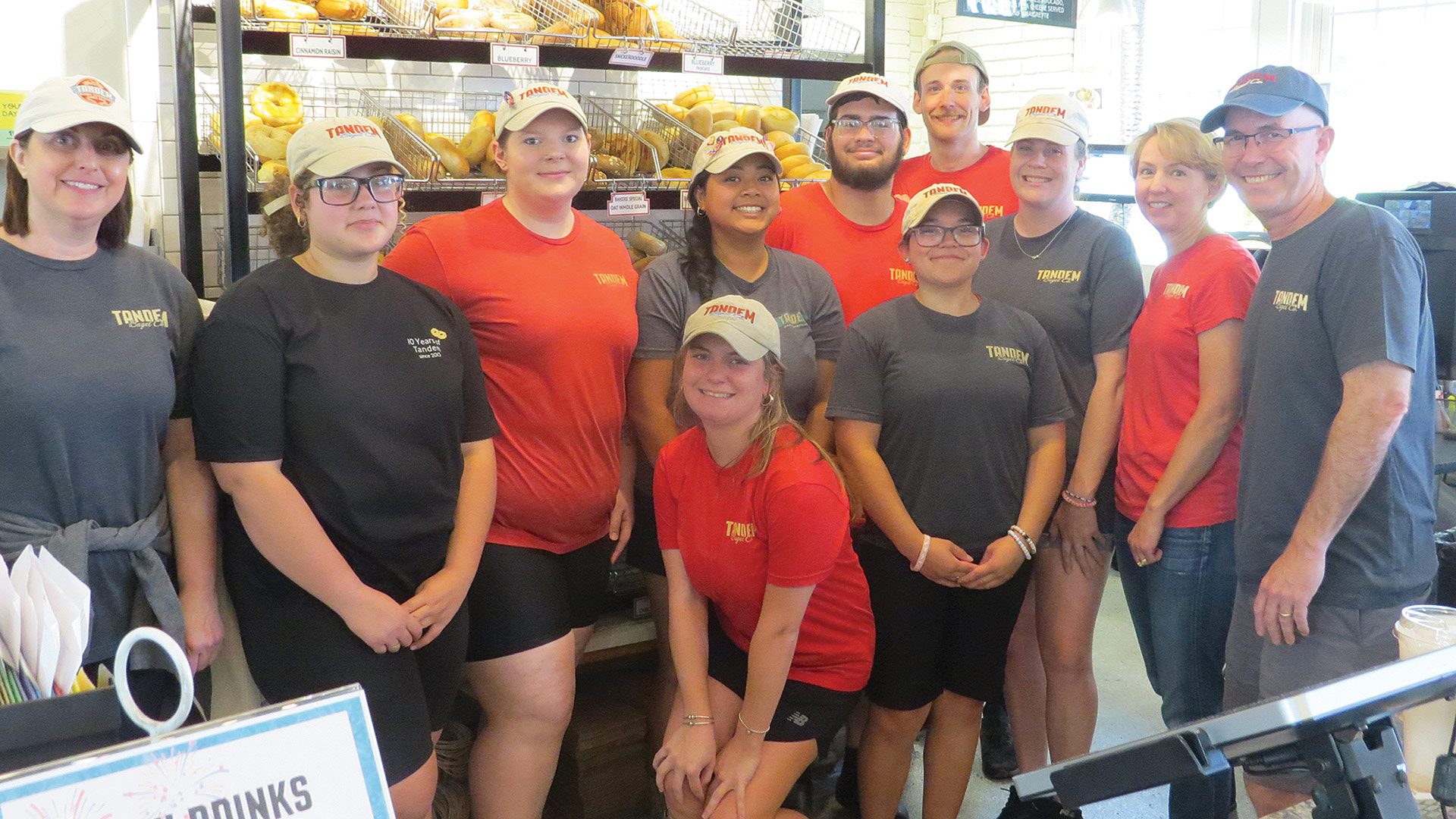
The team at the Easthampton location, where it all started.
This blueprint, if that’s what it can be called, took a while to become reality, he told BusinessWest.
Indeed, the Zawackis looked at a few possible locations that didn’t work out, and then, in 2012, some friends suggested the old railroad depot in the center of Easthampton, owned by Williston Academy, a landmark with an intriguing history.
In 1854, Samuel Williston, a button manufacturer and founder of what is now Williston Northampton School, established the Hampden Railroad Co. with business partner Joel Hayden and purchased the now-extinct route of the Northampton-New Haven Canal, according to willistonblogs.com. After completing the 24 miles of railroad, they also constructed a small depot to go along with it.
Built in 1871, the station included a waiting room, a baggage room, and an office for the stationmaster. After rail service ended in the 1950s, Williston Academy purchased the property with the intention of using it as a maintenance building. Years later, it housed art studios and, eventually, became home to a painting teacher, Marcia Reed. Upon her retirement in 2012, the building was put up for lease again.
The Zawackis approached the school about leasing the property, and a concept that had been on paper and in the works for more than a decade was soon to be on … well, the fast track.
Actually, there were extensive renovations that had to be undertaken, said Zawacki, adding that Tandem Bagel officially opened in late March 2013.
Over the past decade, it has been a key player in the transformation of the city from a mill town to a destination characterized by a diverse economy, a thriving arts community, a burgeoning restaurant and hospitality scene, and a growing cannabis sector. Indeed, the bagel shop has drawn customers, and many regulars, not only people living and working in the mills, attending Williston Academy, and visiting the city to take in its many attractions, but also people from several neighboring communities willing to drive for a Snickerdoodle bagel. Or a Cheesy Garlic. Or a Hot & Spicy.
“I’ve looked everywhere, from Westfield recently to Longmeadow and Springfield; we’ve also looked at Greenfield. We’re just looking for the right space.”
“We helped get people downtown,” he said, adding that, while some pick up a bagel and breakfast sandwich to go, many tend to stay a while and even get some work done.
“It became a meeting place and a co-working space,” he said. “We have several writers who come in and get some writing done during the day.”
Toast of the Towns
The success of the Easthampton shop eventually led to talk of expansion, Zawacki said, adding that, almost from the beginning, the goal was to create multiple locations.
The company first expanded into neighboring Northampton, opening in the Northampton Athletic Club in 2014. This was a small location, and as Zawacki put it, “it took a number of years for people to find us.”
But eventually, the location, like the one in Easthampton, developed a strong following, and this past April, the company moved into a new and much larger space in the Stop & Shop plaza on King Street.
After Brian and Shannon Greenwood relocated to Maine several years ago, the Zawackis bought them out and later continued their course of expansion. As they did so, they recognized the need for a larger bakery space and found one in the former Sears franchise location on Route 9, space that also became home to a small bagel shop as well.
That location opened in 2020, just a few weeks before the pandemic hit, Zawacki went on, adding that the next several months were, obviously, a time of challenge for the company. But the business model and product lines enabled Tandem to effectively ride out the storm.
“After the initial six months of chaos and everybody not knowing what’s going on, we were able to get our menu going,” he explained. “We already had online ordering, so we were able to stay above water and keep our business going based on our menu. It was simple, it was online — sandwiches, coffee; everyone still wanted their coffee. It’s a good to-go business, so it worked out, and we were able to withstand the pandemic.”
And as COVID eased somewhat, the company was able to continue on its course of expansion, he said, adding that the next landing spot was Florence in early 2021, specifically the site of the former Freckled Fox Café on North Main Street, a relatively easy move because the site was nearly turnkey, having been a café.
Later that year, the company expanded into West Springfield, another location has sparked greater vibrancy in an area that’s considered West Side’s downtown.
Indeed, Tandem has become one of the linchpins in the success of redevelopment of the former United Bank building on Elm Street into a mixed-use complex called Town Commons. It features a number of offices, but also another restaurant and several other tenants.
Zawacki said that location has worked out well, with many workers in City Hall, just around the corner, becoming regulars. And if he could do again, he would — he’d just try to take a little more space.
“I wish we’d made the space a little bigger,” he said with a laugh. “We could use more seating — it fills up quickly.”
By expanding to five locations and a centralized baking facility, the company has created some economies of scale, obviously, but also a larger operation and some logistical challenges — buying vans and hiring drivers among them — as well.
And hiring became increasingly challenging as the workforce crisis continued and talent became more scarce, he said, adding that, by and large, the company has been able to weather that storm as well.
Moving forward, he said additional expansion is certainly in the business plan, with several communities and locations currently under consideration.
“We’re always looking,” he said, adding that, with others now handling most of the day-to-day operations of the various locations, he is free to focus on the proverbial big picture and especially what comes next for Tandem. “I’ve looked everywhere, from Westfield recently to Longmeadow and Springfield; we’ve also looked at Greenfield. We’re just looking for the right space.”
Elaborating, he said that, unlike large, national chains — and, as noted, many people believe Tandem is one of those — the company relies more on instinct and what it can see and feel at its current locations, rather than analytics and traffic flow, to determine where it could and should go next.
“We can map where our customers come from,” he explained. “So we know that a lot of customers come from Westfield and the Westfield area. We know the population of the city — we just have to find the right place with the right traffic flow and parking.”
As for downtown Springfield, Zawacki noted the presence of Starbucks and Dunkin’ Donuts, but said there is room for Tandem Bagel as well — if the right location can be found.
He has looked in Tower Square, the TD bank Building, and other properties, and said the search is ongoing. “We’re under no pressure to grow,” he said in conclusion. “But if the opportunity is there, we’ll definitely take advantage of it.”












